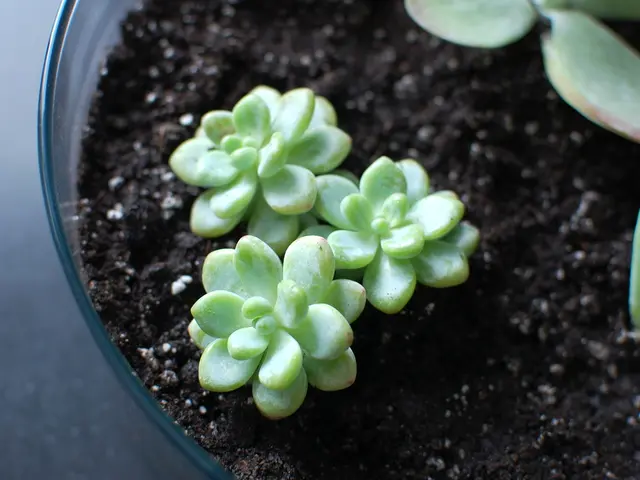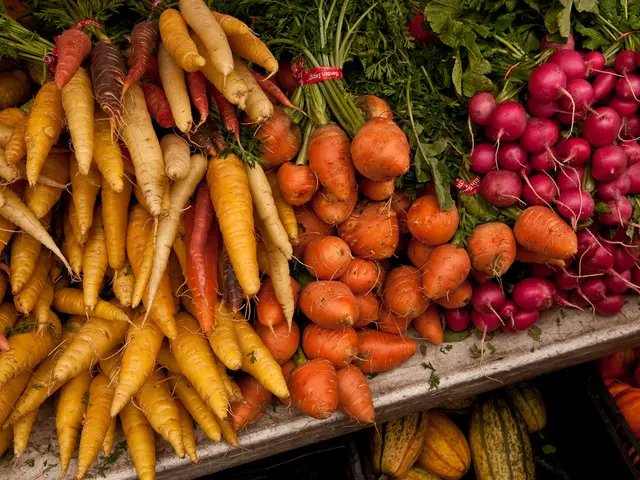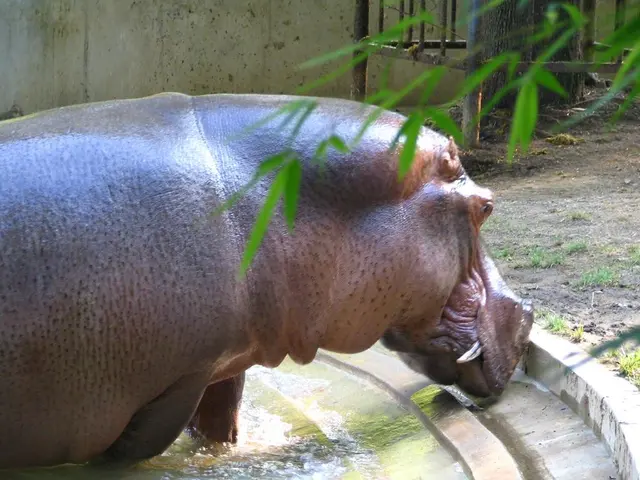DIY Guide for Children's Terrariums: Enjoyable Projects and Top-Rated Kits
Creating a terrarium with kids is an enjoyable and educational activity that introduces them to the fascinating world of plant care and ecosystems. This guide provides a simple step-by-step process, along with essential materials and kid-friendly plant options, to help you embark on this rewarding project.
**Materials Needed**
To create a terrarium, you will need a clear glass container such as a jar, vase, or small aquarium. Other necessary items include small pebbles or gravel for drainage, activated charcoal (optional), terrarium or potting soil suitable for your plants, kid-friendly plants like succulents, moss, air plants, decorative items, miniature gardening tools, and a spray bottle for watering.
**Easy Steps to Make a Terrarium with Kids**
1. Gather all materials in a safe workspace, allowing children easy access to manipulate things. 2. Start by spreading a layer of small pebbles at the bottom of the container to prevent water from pooling and causing root rot. 3. (Optional) Sprinkle a thin layer of activated charcoal over the pebbles to keep the terrarium fresh and prevent odors. 4. Add a layer of terrarium or potting soil appropriate for your plants, using a small rake or spoon to spread it evenly. 5. Choose easy-care, slow-growing plants like succulents, live moss, air plants, miniature ferns, or baby spider plants, and place them into the soil carefully. 6. Let kids personalize the terrarium with decorative items like colorful sand, small toys, rocks, or other figurines. 7. Use a spray bottle to lightly mist the plants, being careful not to overwater. Closed terrariums need less frequent watering, while open ones can be watered more often. 8. Teach kids to place the terrarium in indirect light and water it sparingly, observing how their mini ecosystem grows and changes over time.
**Kid-Friendly Plant Options**
- Succulents: These plants require little water and come in many shapes and colors. - Moss: Adds a soft green carpet and is very forgiving. - Air plants: Don't need soil and are easy to handle. - Miniature ferns or baby spider plants: If you want variety and texture.
**Educational Benefits**
This project offers numerous benefits, such as teaching responsibility and plant biology, demonstrating the water cycle and ecosystems, and enhancing creativity through decoration and design.
By following these steps, kids will have a hands-on learning experience that is both fun and rewarding. This project can be done with ready-made kits or from basic materials you gather, making it flexible for groups or individual kids alike. Terrariums also make great gifts and ongoing nature projects.
Here are two sentences that incorporate the words 'lifestyle', 'home-and-garden', and 'gardening':
- Creating a terrarium with kids can be a delightful addition to your home-and-garden lifestyle, providing a chance to learn about gardening and nurturing an ecosystem.
- Incorporating terrarium gardening into your family's lifestyle is a creative and educational way to enhance your home's decor and promote a deeper understanding of nature.





